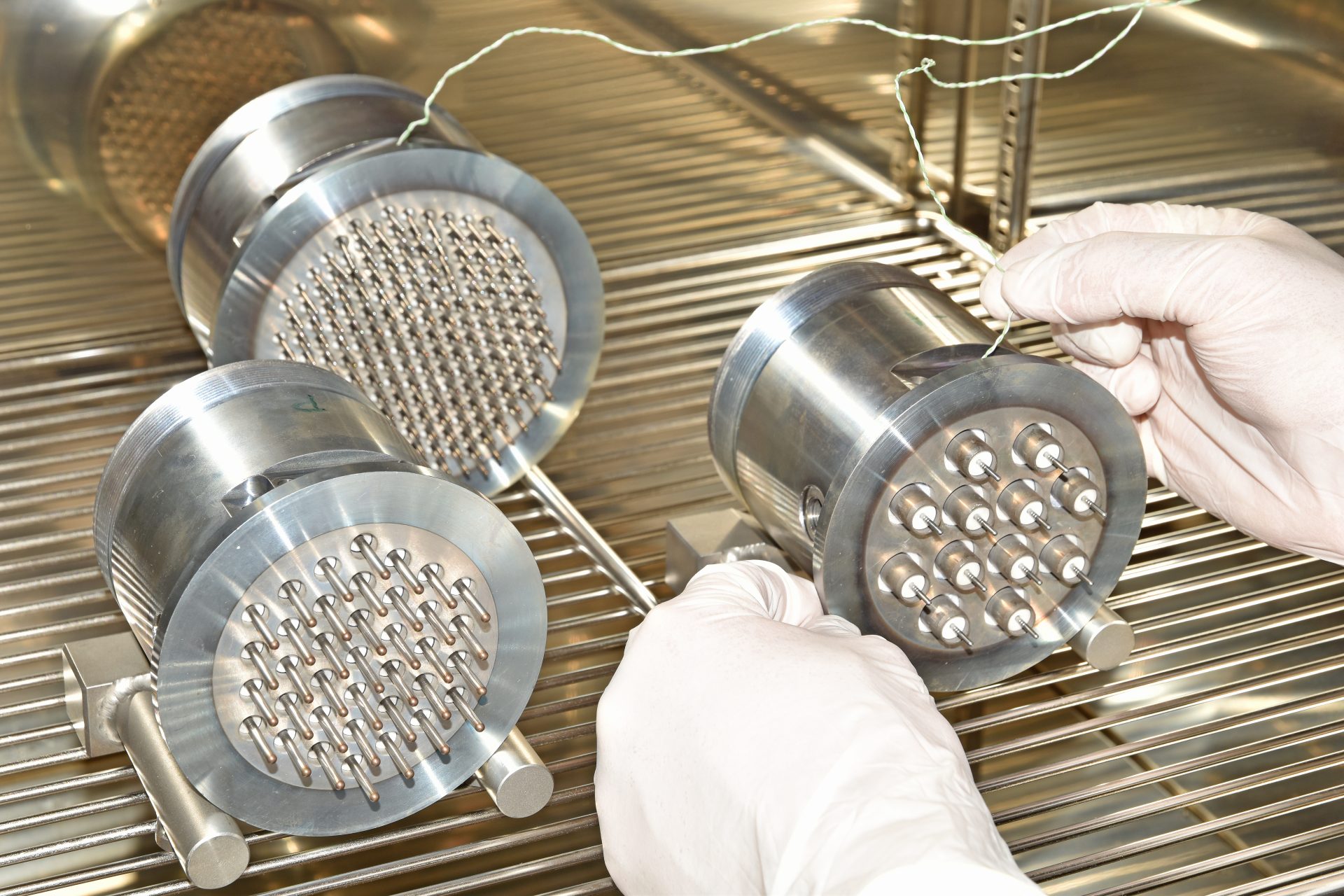These prototypes were designed and manufactured by IDOM and were approved after undergoing an extensive testing campaign.
The members of ITER, China, Europe, India, Japan, Korea, Russia and the United States are committed to a 35-year collaboration to build and operate an experimental fusion device. It will be the first to generate more heat than is used to initiate the fusion reaction, drawing on a wide range of technologies that will be essential to deliver fusion energy in the future. ITER, Latin for ‘the way’, will be the world's largest fusion energy experiment, with the world's largest magnetic confinement plasma facility.
This facility consists of a tokamak fusion reactor, and will contain the plasma in a vacuum container, which manages to confine the radioactive and high-vacuum environmental conditions.
The diagnostics system is one of ITER's main components. It will help scientists study and control the behaviour of plasma, measure its properties and broaden our understanding of plasma physics. This system will act as the “eyes and ears” of experts by providing them with information thanks to a wide range of state-of-the-art technologies.
ITER will be based on approximately 50 diagnostic instruments. They will provide a full view of the plasma and ensure that the machine is in good working order. Given the duration of the plasma pulse, which will be 100 times longer than any fusion device currently in operation, the diagnostic system will act as the machine's guardian.
Design of these electrical wall bushings
Electrical wall bushings that ensure the sealing conditions between the atmospheric pressure side and the high vacuum side will be required to monitor the fusion process inside the vacuum vessel. They need to be designed specifically for this application, as the project requires two vacuum barriers, and must transmit a high quantity and variety of signals.
IDOM was contracted by Fusion for Energy (F4E), the European Union organisation responsible for Europe's contribution to ITER, to design these electrical wall bushings and their manufacturing specifications. Once the vacuum barriers had been designed, three different prototypes of electrical wall bushings were manufactured and an extensive testing campaign was planned to certify these bushings.
TECNALIA was responsible for carrying out this testing campaign. The design was based on the service conditions in which these wall bushings will operate and consisted of helium leakage tests, electrical tests, vibration tests, pressure tests, thermal cycling tests, impact tests and over-temperature tests.
All three prototypes met the acceptance criteria for all tests and were ultimately approved for reliable operation in the diagnostic system.

